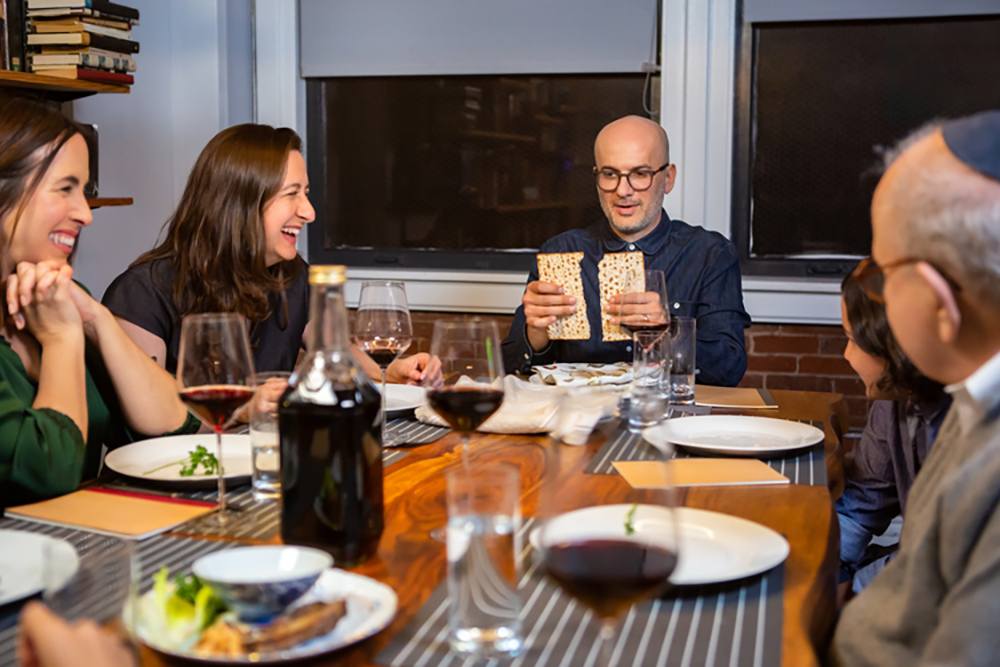By Sarah Fertsch
Staff Writer
“You are cordially invited to our 2018 Seder Meal.” I read these words on a cardstock invitation found in my college mail locker, and had no clue what a ‘seder’ meant.
A few weeks later, I found myself sitting on the floor by a long table among forty strangers, reading from a lengthy script holding a cracker with horseradish. How did I get here?
For those who do not practice Judaism or Episcapalial Christianity, Seder is the traditional meal of Passover, which celebrates the Exodus of the Jews from their slavery in Egypt. The word Seder means ‘Order,’ and requires participants to take part in the 15 steps throughout the meal to ask God for deliverance.
No, you don’t have to invite 40 people to sit on your floor to celebrate Passover. Seder is easily personalized to your preferences. However, Seder is traditionally led by the head of the household (husband of the hosting family) and each guest takes a role to read in the script, passed around or mailed to each guest one week in advance.
Seder dinner should be held after nightfall on the first Thursday of Passover, typically meaning the day before Good Friday. The host will offer each guest four cups of dry red wine, which represents the blood of the sacrificial lamb. And yes, you will be drinking at least four cups of wine during the dinner.
The Seder Plate includes the following foods: raw veggies dipped in salt water, an egg, a lamb shank bone, horseradish and other bitter herbs, ‘charoset,’ which is a paste made from apples, cinnamon, nuts and a sweet wine, and a hearty, kosher entree such as matzo ball soup, fish and rice, or potato pancakes.
Matzah, or crispy flat bread, will also serve as an important part of Seder. The matzah is wrapped and hidden somewhere in the host’s house. The youngest guests (typically under the age of 10) will race to find the hidden matzah and the clever discoverer will receive a special blessing and a candy as a reward.
Reading through the script typically takes about 2 hours, intermixed with prayer and readings from Torah, as well as Latin/Jewish passages. Be sure to light candles, include a bowl of water and towel to wash hands around the table, and for more traditional hosts, head covers for women’s hair. Men may wear kippahs as well.
Seder is a great way to celebrate the Passover/Easter season and connect with friends and family in a social, spiritual way. Be sure to download a specific script and invite your guests at least one week in advance.
Many local synagogues host Seder meals for their congregants and the general public. Browse upcoming events online for more information on dates and times.
To everyone is this Seder season, Hosanna and Shabbat Shalom!






